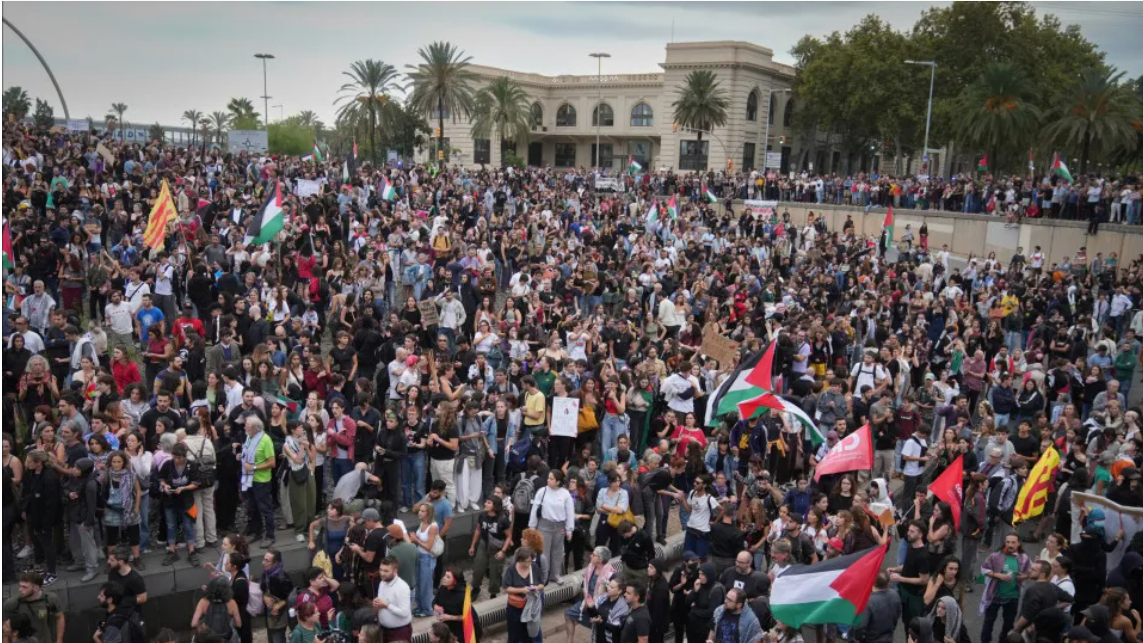The 12 fires that are under control or still causing concern (classified as level 2 on a scale that in Spain ranges from zero to four) are all in the regions of Castile and León and Asturias (northwest).
Galicia (northwest), meanwhile, is experiencing a day without uncontrolled or concerning fires for the first time in several weeks, said Virginia Barcones, director of Spanish Civil Protection, at a press conference in Madrid. The situation in Asturias "is evolving very favourably," and in Castile and León, "generally speaking, the evolution is also very positive," he said.
The fires have killed four people and have already burned 400,000 hectares in Spain by 2025, an annual record for the country, according to still provisional data from the European Forest Fire Information System (EFFIS), which has comparable records dating back to 2006.
The Spanish government has already declared disaster zones for the areas affected by 113 major fires in the country in the last two months, 12 of which remain active (one less than on Wednesday).
Spain activated the European Civil Protection Mechanism on August 11 and received aid from nine EU countries, as well as Andorra, under bilateral protocols.
It was the largest aid mobilized by the EU this year for a country and the largest Spain has ever received, according to the government.
According to Civil Protection data, 35,691 people have been displaced during the wave of fires that has hit Spain since August 8th, and those still homeless are expected to return to their homes soon.
Furthermore, 53 people have been arrested so far for reasons related to the fires, with the government emphasizing that they are suspected of various crimes, not just arson.















